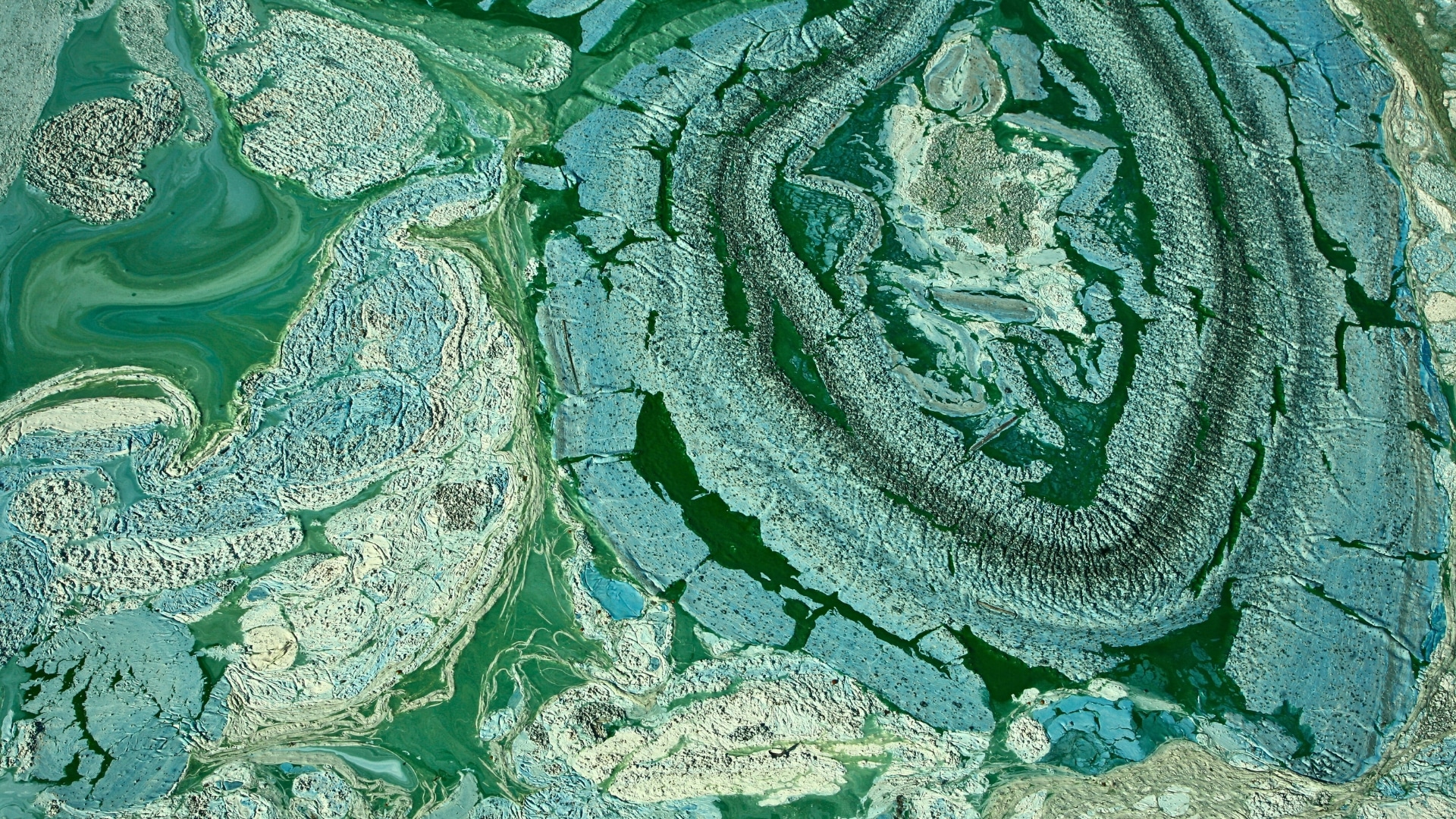Mechanisms and Assessment of Water Eutrophication
Published on by Water Network Research, Official research team of The Water Network in Case Studies
Understanding Eutrophication
Eutrophication, induced by excessive nutrients like nitrogen and phosphorus, alters water quality by producing algal blooms and decreasing oxygen levels—posing substantial threats to aquatic ecosystems. Here, we’ll examine the key causes of eutrophication and the significance of real-time water quality monitoring, especially when it comes to comprehending conditions at different depths.

According to the above equation, it can be concluded that inorganic nitrogen and phosphorus are the main factors controlling algae propagation, especially phosphorus.
During an interview with our water specialist Oscar Alvarado, we discussed the critical role of phosphorus in driving algae growth.
Could you explain the role of phosphorus in particular and why it tends to be a major limiting nutrient in freshwater eutrophication?
“Phosphorus & nitrogen are like fuel for algae in freshwater. It’s usually found in small amounts, which naturally keeps algae growth in check. But when too much phosphorus gets into our waters, from things like fertilizers, sewage, or runoff, it becomes a trigger, causing algae to grow out of control. This algae not only makes the water cloudy and unpleasant but also reduces oxygen levels, which harms fish and other aquatic life. In other words, phosphorus is the “weak link” in the nutrient chain, and when there’s more of it, everything gets thrown out of balance.”

The process of Eutrophication
Human activities, like urbanization and agriculture, greatly accelerate water eutrophication. Nutrients entering water bodies cause plant and algae overgrowth, disrupting ecosystems.
We can determine the degree of eutrophication using a number of indicators.
- Levels of Nutrients: Excess nitrogen and phosphorus encourage algae growth, upsetting environmental balance.
- Dissolved Oxygen : Algal blooms cause hypoxia, threatening fish and aquatic life.
- Chlorophyll-a Concentration: High levels indicate algae biomass and ecosystem health.
- Biological Water Quality: Fish populations reflect changes in oxygen and nutrients, showing water health.
Economic Costs
Eutrophication degrades water quality and creates “dead zones” that harm fish. It causes drinking water problems, increases greenhouse gas emissions, and diminishes water resources’ cultural value. Annual costs are estimated at €1 billion for European coastal waters and $2.4 billion for U.S. lakes and streams. While debates persist on whether to reduce phosphorus, nitrogen, or both, management agencies increasingly favor dual nutrient control. Nutrients flow across ecosystems, complicating the issue. Even upstream reductions may not stop downstream algal growth.
Solutions for the Biological Contamination
Combating water eutrophication requires a combination of comprehensive control and preventative measures. Governments, businesses, and individuals must take urgent actions to reduce nutrient pollution. Key strategies involve controlling nutrient pollutant sources and restoring damaged ecosystems. Studies indicate that controlling external nutrient sources doesn’t always reduce nutrient loads or algal blooms in water bodies. Lakes often respond slowly to nutrient control because deposits store nutrients long-term, continually replenishing algal blooms and driving eutrophication.
- Ecosystem restoration: involves rehabilitating water ecosystems to recover their biological, physical, and chemical functions. Lake restoration strategies primarily aim to reduce phosphorus (P) by trapping and removing it, often through ferric sulfate dosing.
- Physico-mechanical methods: like flushing and dredging can also reduce P levels, but they may disrupt ecosystems. These methods are temporary, with levels reverting once interventions stop.
- The smart ultrasound solution: Ultrasound technology offers an effective solution for controlling harmful algal blooms without the drawbacks of chemical treatments. (1) Algae move to the water surface for photosynthesis. The ultrasound creates a sound layer at the top of a water body. (2) The low-power ultrasound waves affect algae’s vertical movement by fixing them in the water column. (3) Without access to sunlight and nutrients, the algae sink to the bottom, where they decompose without releasing toxins. In time, bacteria will degrade the algae.Unlike chemicals, ultrasound doesn’t break algae into tiny particles that could release toxins or further contaminate the water. This non-invasive approach protects aquatic ecosystems and water quality, making it a sustainable choice for long-term algae control.Additionally, it minimizes the need for repeat treatments, saving time and resources while offering a competitive, environmentally friendly edge over chemical methods.

Taxonomy
- Eutrophication